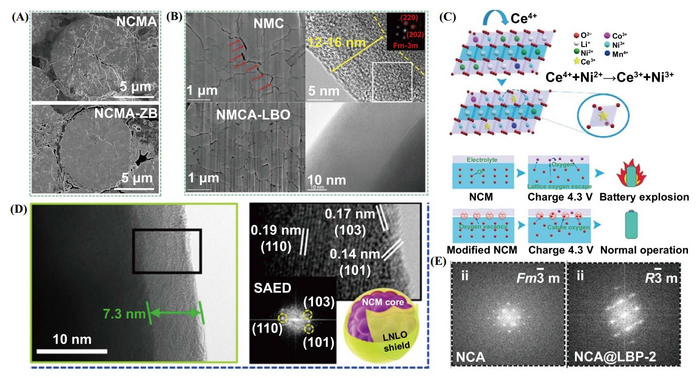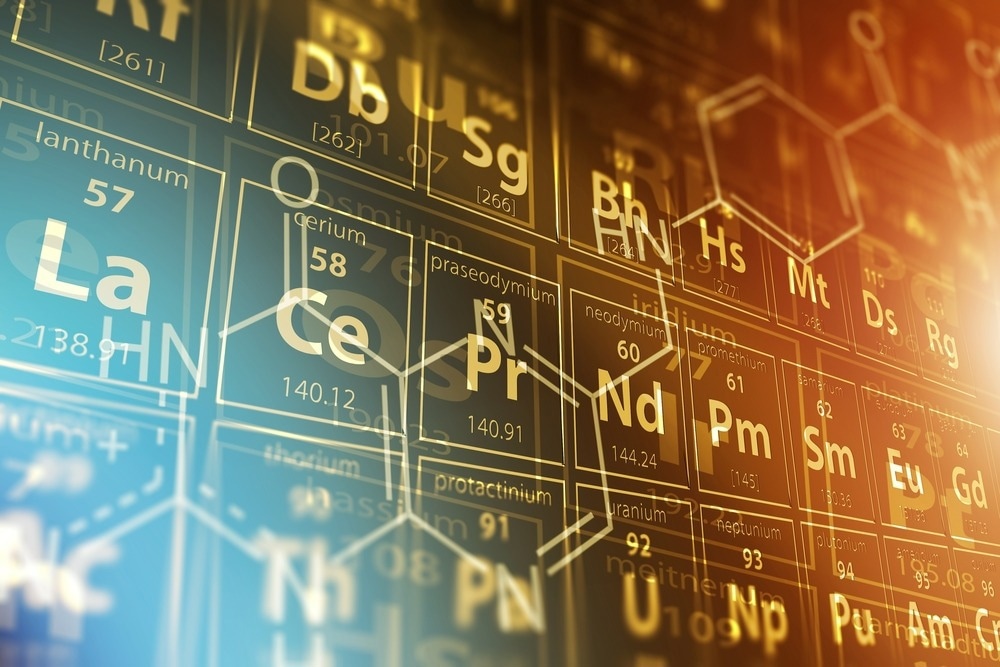Reviewed by Emily Henderson, B.Sc.Nov 2 2022
Lithium-ion batteries (LIBs) researchers from the South China University of Technology have briefed the latest progress in surface modification of nickel-rich cathode materials depending on the Periodic Table to offer clear progress of innovative LIBs.

The study was published in the International Journal of Extreme Manufacturing by a team headed by scientists depending on the Periodic Table to understand more about how surface modification enhances the nickel-rich cathode materials’ performance. For the first time, the team briefs the surface modification mechanism depending on the Periodic Table.
The results could have an extensive effect on the further development of nickel-rich cathode materials. In response to capacity degeneration, particles and structures modify their configuration when a new kind of nickel-rich cathode particles and materials is in contact with these surface modifications.
Those surface modifications on nickel-rich cathode materials direct the LIBs’ performance for the generation of clean electricity, along with identifying the efficacy of clean energy and supporting much electronic equipment.
Given the widespread industrial and scientific importance of such behavior, it is truly surprising how much we still have to learn about the mechanism of how modified elements behave on surfaces in contact with the bulk structure. One of the reasons information is missing the absence of techniques able to yield many alternative nickel-rich cathode materials for LIBs.
Professor Chenghao Yang, Study Lead Researcher, University of Chicago
Surface modification is one of the important techniques that avoid the nickel-rich cathode materials’ decomposition from the electrolyte. The synthetic process of nickel-rich cathode materials, however, needs a high-dry environment, and the materials’ structure alters in moist air.
In this review, we summarized the novel modification technology based on the Periodic Table in order to provide more designed strategies for surface modification.
Professor Chenghao Yang, Study Lead Researcher, University of Chicago
Prof. Chenghao Yang has researched the nickel-rich cathode materials for LIBs; therefore, here his team has briefed and explained the same techniques to create high-performance nickel-rich cathode materials for LIBs. A series of nickel-rich cathode materials were altered and synthesized by particular technology and reagent. These novel materials enable them to offer high-performance nickel-rich cathode materials for LIBs, which allows in-deep mechanisms to be captured revealing the examination of structural and granular stability.
The scientists could understand the modified elements’ effect on the high performance of nickel-rich cathode materials for LIBs by examining how the altered elements were synthesized on the and in the structure and comparing them to the electrochemical performance offered by co-workers at the South China University of Technology.

Image Credit: Virrage Images/Shutterstock.comImage Credit: Virrage Images/Shutterstock.com
The surface modification for precursor was discovered to be advantageous for the employment of the altered elements, and it also subdues the phase transition of layered structure to rock salt structure.
The research group analyzed nickel-rich cathode materials that are promising for innovative LIBs, and the experimental technology they have explained and created can be employed for several varied applications.
Professor Chenghao Yang concluded, “This is a milestone achievement and it is only the beginning—we are already looking to use these modifications to support the development of nickel-rich cathode materials for LIBs, needed to achieve the world's net zero ambitions.”
Journal Reference:
Li, J., et al. (2022) Recent progress in synthesis and surface modification of nickel-rich layered oxide cathode materials for lithium-ion batteries. International Journal of Extreme Manufacturing. doi.org/10.1088/2631-7990/ac92ef.